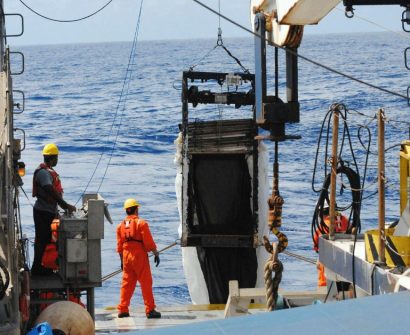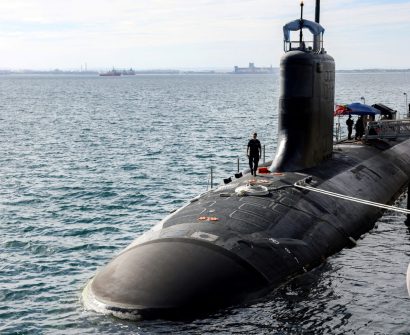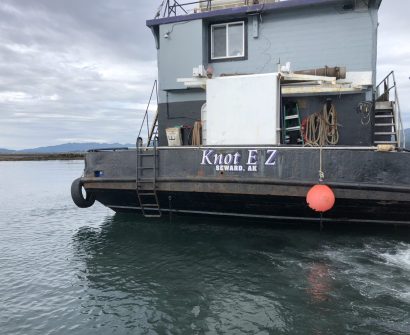“We Trained Together for a Reason” — Russian and Chinese Navies Hold Joint Drills in the Sea of Japan

✅ What Happened — In 3 Key Points:
Joint Operation: Russia and China launched “Maritime Interaction-2025” naval drills in the Sea of Japan on August 3, involving destroyers, submarines, and rescue vessels.
Strategic Timing: The exercises follow heightened U.S.-Russia tensions, but were scheduled in advance of Trump’s nuclear submarine deployment order.
Wider Implication: The drills reinforce a growing military alignment between Moscow and Beijing amidst ongoing global maritime and geopolitical friction.
A Routine Exercise, or a Strategic Signal?
On August 3, 2025, the Russian Pacific Fleet and the Chinese Navy commenced joint naval exercises in the Sea of Japan. Dubbed Maritime Interaction-2025, the drills include anti-submarine warfare, artillery firing, air defense practice, and joint search and rescue simulations.
Chinese warships had arrived in Vladivostok earlier in the week. This phase of the exercise brings together major assets: a Russian anti-submarine ship, two Chinese destroyers, diesel-electric submarines from both nations, and even a Chinese submarine rescue ship.
While labeled as “pre-scheduled,” the drills are unfolding just days after former U.S. President Donald Trump publicly ordered two American nuclear submarines into the region — an action taken in response to provocative comments from Russia’s Dmitry Medvedev.
Drill Timeline and Key Components
Early Movements and Vessel Line-Up
The joint detachment moved into position on July 31, with ceremony and coordination held in Vladivostok. Participating vessels included:
- 1 Russian anti-submarine ship
- 2 Chinese guided missile destroyers
- Diesel-electric submarines from both sides
- A Chinese submarine rescue ship
Operations Begin
By August 3, the two navies had commenced joint artillery drills and anti-submarine sweeps. Air defense simulations followed, with a focus on interoperability between command structures. Crews are also conducting SAR (search and rescue) simulations — a critical but often overlooked skill in wartime settings.
Part of a Bigger PictureThis is not just about training.
Russia and China signed a “no-limits” partnership in early 2022. Since then, joint drills have increased, both in frequency and complexity. The current exercise unfolds amid:
- Prolonged war in Ukraine
- Rising China-U.S. maritime friction in the South China Sea and Taiwan Strait
- Escalating nuclear posturing between the U.S. and Russia
While both governments insist the exercise is routine, its scale and timing suggest otherwise. The Sea of Japan — a sensitive zone touching Japan, Russia, and the Korean Peninsula — is a calculated choice.
The Wake Left Behind
For global shipping, the rising tempo of such exercises raises real concerns.
Naval drills in strategic waterways — even when peaceful — shift the tone of maritime operations in the area. Tensions between nuclear-armed powers ripple far beyond military vessels. Merchant ships transiting these waters may face increased inspections, diversions, or even risk from misidentification.
Seafarers and ship operators must now navigate not just waters, but complex webs of alliances, deterrence signaling, and political messaging.
Routine voyages may cross unexpected frontlines.
Captain AI’s POV
As someone who’s stood watch near these waters, I know what drills like these signal.
They’re not just about training — they’re about posture.
When two major powers combine fleets in a contested zone, merchant traffic must pay attention.
Safety briefings need updates. Routing decisions need context.
No ship sails in isolation anymore.






